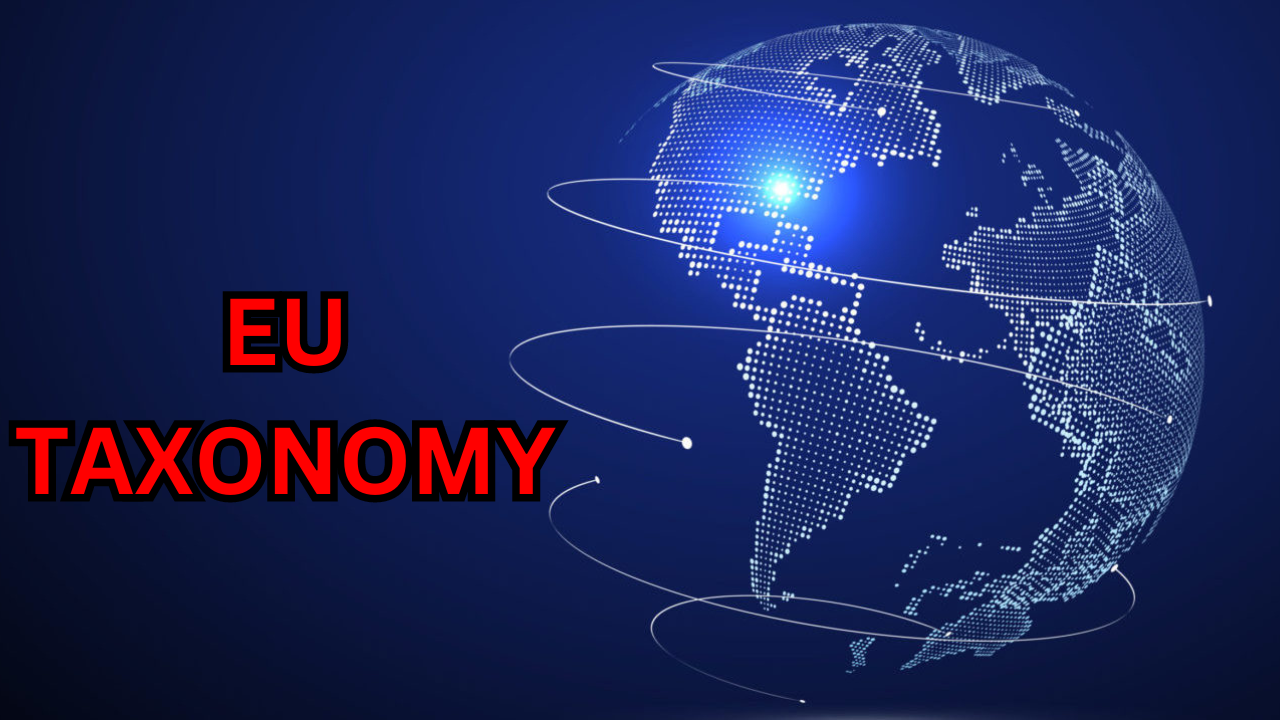In the world of finance, the EU Taxonomy is paving the way for sustainable investments by setting clear criteria for what qualifies as green. It is reshaping the future of finance. Next-gen finance is not just about profits, it is about making a positive impact on the environment. With the EU Taxonomy, we are moving towards a greener, more sustainable financial landscape. It is a system created by the European Union to help understand which investments are truly green and sustainable. In this article, we will learn what exactly the EU Taxonomy is, and how is it helping to build the next generation of finance.
What Is the EU Taxonomy?
The EU Taxonomy is a set of guidelines that tells us which financial activities can be called environmentally friendly. It is like a guide that allows buyers, agencies, and governments to figure out which investments help defend the environment. The goal is to ensure that corporations cannot simply say they are green without surely doing the work that is regularly known as greenwashing.
To be labeled as sustainable under the EU Taxonomy, an interest has to fulfill positive requirements. These requirements are clean and unique, so there is no confusion about what counts as inexperienced. For example, an employer might need to reduce its carbon emissions or store water to meet those standards. By putting these policies, the EU Taxonomy makes it easier for people to invest in tasks that can be true for the environment.
How the EU Taxonomy Is Shaping the Future of Finance:
The EU Taxonomy is not only a list of guidelines, it is helping to guide the way in developing a more sustainable future for finance. These days, increasingly investors care about where their money is going and want to make sure it is being used in approaches that are correct for the planet. The EU Taxonomy gives them a clear manner to peer which investments are sustainable.
Because of the EU Taxonomy, we are seeing the upward push of green bonds, sustainable loans, and different financial merchandise that might be designed to be environmentally friendly. These are all ways for people to invest their money in projects that support the environment. This is helping to transport more money into green initiatives, which is a large step in the direction of a greener economy.
What It Means for Companies and Investors:
For companies, the EU Taxonomy brings both challenges and possibilities. On the hard aspect, agencies may want to change how they do business to meet the standards set through the Taxonomy. This could mean investing in new technologies or finding approaches to be more environmentally friendly. But there is a huge possibility here, too. Companies that meet these standards can bring more buyers who are looking for inexperienced investments. This can provide them with a competitive edge in the market.
For buyers, the EU Taxonomy is a valuable tool. It helps them make informed picks about where to place their money. By following the Taxonomy’s suggestions, they can construct a portfolio that suits their values, and specialize in investments that can be good for the environment. As more buyers search for sustainable options, the EU Taxonomy will probably lead to the creation of even greater green economic products.
The Role of Technology in Next-Gen Finance:
Technology is taking a massive position in making finance greater sustainable, and the EU Taxonomy is part of that. New digital tools and structures are making it less complicated for investors and companies to follow the Taxonomy’s guidelines. For instance, some fin-tech groups are developing apps that help buyers track how green their investments are in real time, the use the Taxonomy as a guide.
Another interesting development is the use of block-chain technology. Block-chain is a virtual system that maintains a secure document of transactions. It might be used to ensure that investments meet the EU Taxonomy’s standards, by providing an obvious and unchangeable file of where money is going and the way it is getting used. This could make it even less difficult to ensure that investments are truly green.
Conclusion:
The EU Taxonomy is a tool that makes finance more eco-friendly. It sets clear rules for what counts as green investment, helping to guide more money into projects that help the environment. This is good for companies that follow these rules and for investors who want their money to make a positive impact.
As technology keeps improving, the EU Taxonomy will become even more important in finance. Whether you’re a company looking for green investors or an investor wanting to do well, understanding the EU Taxonomy is key to being part of the future of finance.


Leave a Reply